Crafting wine requires a great amount of effort and time. However, many are unaware of what it actually entails. Discover the intricacies behind winemaking by delving right into How Long Does It Take to Make Wine?
How Long Does It Take to Make Wine?
Making your own wine is an enriching experience that requires dedication and patience. Yet, the rewards are worth it, as you have complete control over every step of the process!
Time is a critical factor in producing an exquisite vintage. Investing effort into this undertaking can leave you with something unique to be proud of while savoring its flavors. Embrace this journey and enjoy making something special for yourself!
Making wine can take between three weeks to two months, depending on the style. Aging, if you include it, adds between one and 12 months to that time. However, you can already consume your wine after fermentation.
The time to craft wine can differ wildly depending on diverse elements such as the kind of wine, grape varietal, and winemaking process. Usually, though, crafting a good bottle of wine could take anywhere from several weeks to multiple years!
If you are prepared to commit, nothing can provide the same level of control as creating your own wine. You can produce a batch of homemade wine for your unique tastes in two to three weeks. If you extend the process, aging it anywhere from a month to a full year.
The Duration of Making Wine
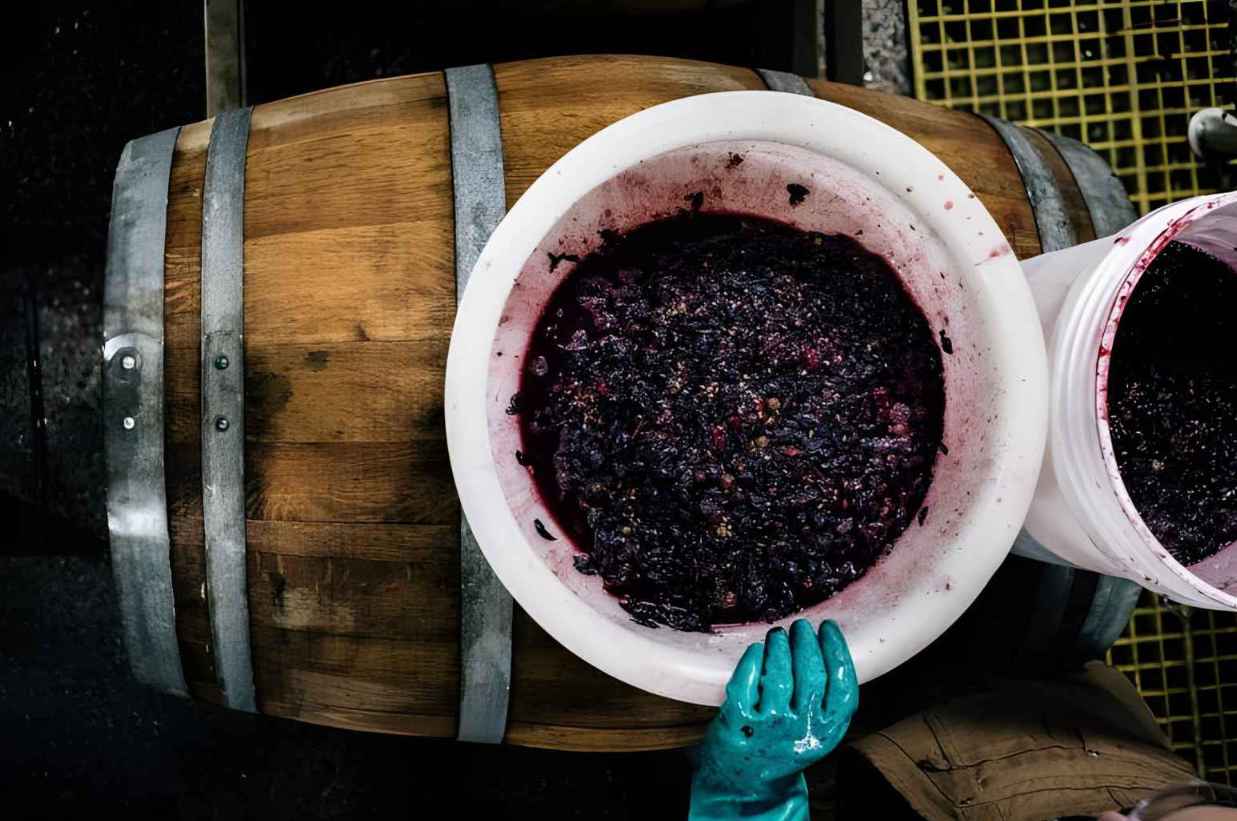
| Process | Duration |
| Harvesting | Few Hours to Dyas |
| Pressing | Few Hours |
| Fermentation | 10 to 20 Days |
| Clarifying | 7 to 10 Days |
| Bottling | Few Hours |
Harvesting
To savor the sweetest and most succulent fruit, the harvest time should be at its ripeness peak. It’s usually during late summer or early autumn. Just a few hours to several weeks can pass before this takes place.
The majority of modern vineyards make use of machinery to expedite the process. Yet, some old-fashioned and complex wineries may favor hand-picking their grapes to guarantee top quality.
Pressing
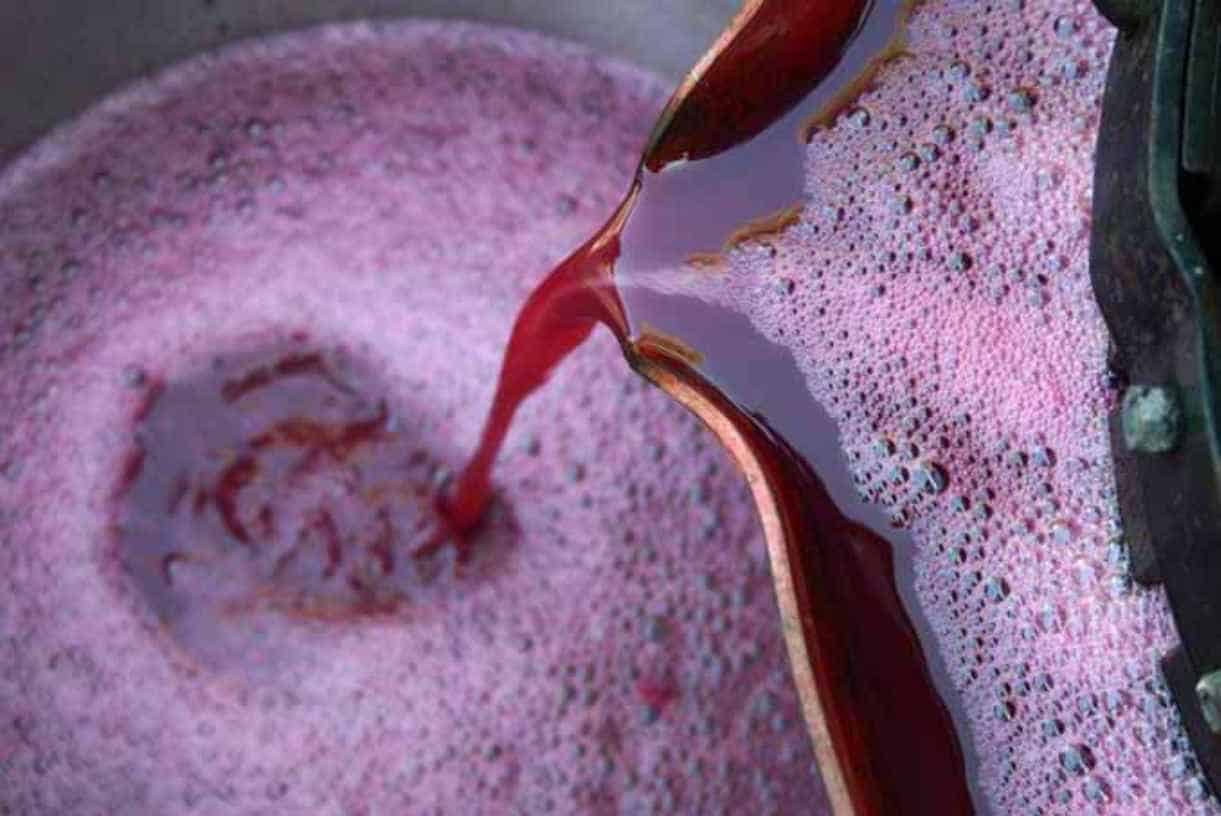
After harvesting, the fruit needs to be crushed or pressed to obtain the juice after harvesting. This process can be executed either manually, through a specialized wine press, or using a juicer. It’s mostly done within the day.
Fermentation
After being put into a container, the grape juice with yeast. It starts the fermentation and changes its sugar content to alcohol. Usually, this process takes about one or two weeks. However, external factors such as temperature can extend it even further.
During primary fermentation, winemaking recipes usually require a plastic or glass carboy. However, some people may opt for using a bucket instead. This part of the process typically takes 5-10 days to complete.
Clarifying
After the fermentation process, any sediment and yeast deposits will make the wine appear cloudy. Mixing stabilizers and clarifying agents is next for it to be suitable for drinking.
Let these chemicals do your hard work by drawing out any sediment. It leaves impurities behind so that your wine is sparkling clear! The clarification process usually takes seven to ten days from start to finish.
Bottling
Sanitize all tools before transferring the liquid into bottles, corking them securely, and labeling each carefully. To ensure proper quality control measures are taken afterward, store upright for 24 hours, then lay down flat so that corks remain moistened throughout the aging period.
Aging vs. Fermentation
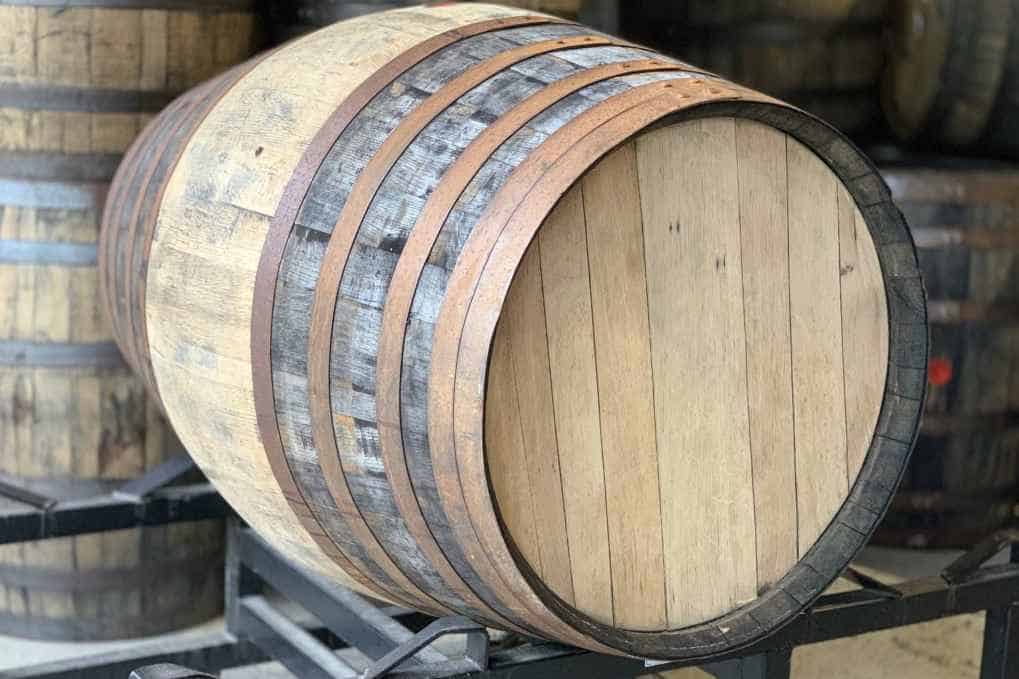
With proper maturation, you can let the distinct wine flavors shine through. It can be via a combination of fermentation and aging.
Both processes are time-consuming, which makes it easy to understand why most people find them confusing. Luckily, we are here to walk you through the differences.
During the intricate fermentation procedure, yeast converts sugars in grape juice into alcohol. The process takes from five days to two weeks to complete. The result is a familiar drink with rich, alcoholic content and increased sugar.
Most wines are drinkable after fermentation. However, most opt to include aging for more flavors.
Aging wines may seem like easy labor, but the process of maturing allows the wine to develop its final result. You will surely achieve exquisite results by allowing your wine to mature correctly!
Depending on the winemaker’s desires, oxygen can either be present or absent during this time. The presence will then decide a wine’s aromatic bouquet and flavorful taste.
Aging wine can be done in various vessels, such as barrels, tanks, or bottles. It’s then exposed to different conditions like temperature shifts and wood contact.
The amount of time for the aging process varies depending on the flavor profile you want to achieve. Some wines only need months, while others might take years or even decades! Ultimately, the required duration fits with your desired outcome when it comes to taste.
Crafting the perfect bottle of wine is a two-fold process involving fermentation and aging. Initially, yeast is used to convert grapes into alcoholic liquid – but only through maturing can it reveal its complexity in terms of flavor and scent. These two phases must work together for an exquisite vintage with unique features to be born.
How Long Does Wine Ferment?
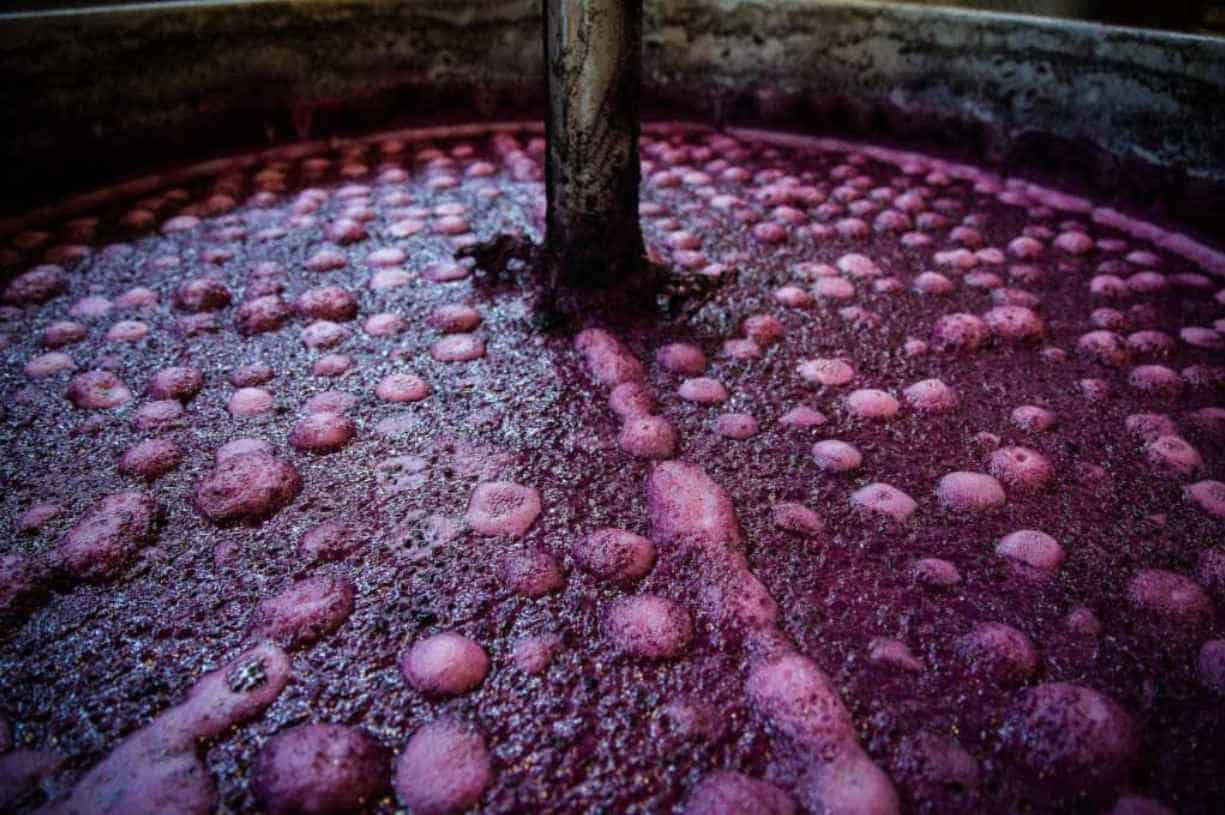
Making wine is a complex process that varies depending on the type of grape, yeast chosen, temperature during fermentation, and the desired alcohol level. Still, it typically takes one to two weeks for primary fermentation.
As the yeast digests the sugars in the grape juice, it produces alcohol as a bi-product. The fermentation is complete when the yeast consumes all of those sugars or its tolerance for alcohol has reached its limit.
Following primary fermentation, the winemaker typically racks the wine in a clean vessel to separate it from sediment and spent yeast cells.
After the fermentation process, you can consume the wine instantly. However, if you aim for a more complex and flavorful taste in your wine, aging is an essential step in this journey! Aging allows the vintner to develop deeper flavor notes that will make the occasion of drinking their creation all that much better.
How Long is Aging?
| Duration | Developed Flavor Notes | Wines Style Example |
| 1 month | Slight Flavor Notes | Champagne, Rose |
| 3 – 6 months | More Tannins and an Earthy Flavor | Pinot Grigio, Sauvignon Blanc |
| 1 year | Full-Bodied Texture and Intense Flavors | Chardonnay, Cabernet Sauvignon |
| 3 years | More Unique Flavors | Syrah, Lambic |
| 5 years and up | Sour Taste and Acidic Aroma | Port, Lambic |
The period that a wine is aged will depend on the varietal, grape type, winemaking style, and intended flavor profile. Generally speaking, most wines are stored for months or even years before they’re bottled to be sold in stores.
Take, for example, light-bodied white wines such as Sauvignon Blanc or Pinot Grigio have shorter aging periods. These varieties are usually aged only a few months in stainless steel tanks to maintain their fruity and fresh flavors.
Or, if you prefer medium to full-bodied whites like Chardonnay, aging takes several months to even a year. It’s mostly in oak barrels and enhances flavor with notes of vanilla, earthiness, and caramel.
On the other hand, red wines typically require an extended aging period to attain their full flavor and aroma. Light-bodied reds, including Beaujolais, may only need a few months of maturation in stainless steel containers so their unique fruit flavors remain intact.
Suppose you wish to acquire more intense notes such as spice, leather, and tobacco on your medium or full-bodied Cabernet Sauvignon or Syrah. In that case, they must be aged between several months up to numerous years inside oak barrels.
As certain lavish red wines age, their flavors become more and more complex. This aging process can often last several years or even decades before you enjoy this wine!
During this period, the intricacy of the flavor slowly matures until it reaches its peak state. Some examples are Port wine!
In summary, the length of time that wine is aged can vary widely depending on the type of wine and the desired flavor profile. It can range from a few months to several years or even decades.
It’s important to note that not all wines are for aging. Some wines may be best when they are young and fresh.
How Long Does It Take to Make Homemade Wine?
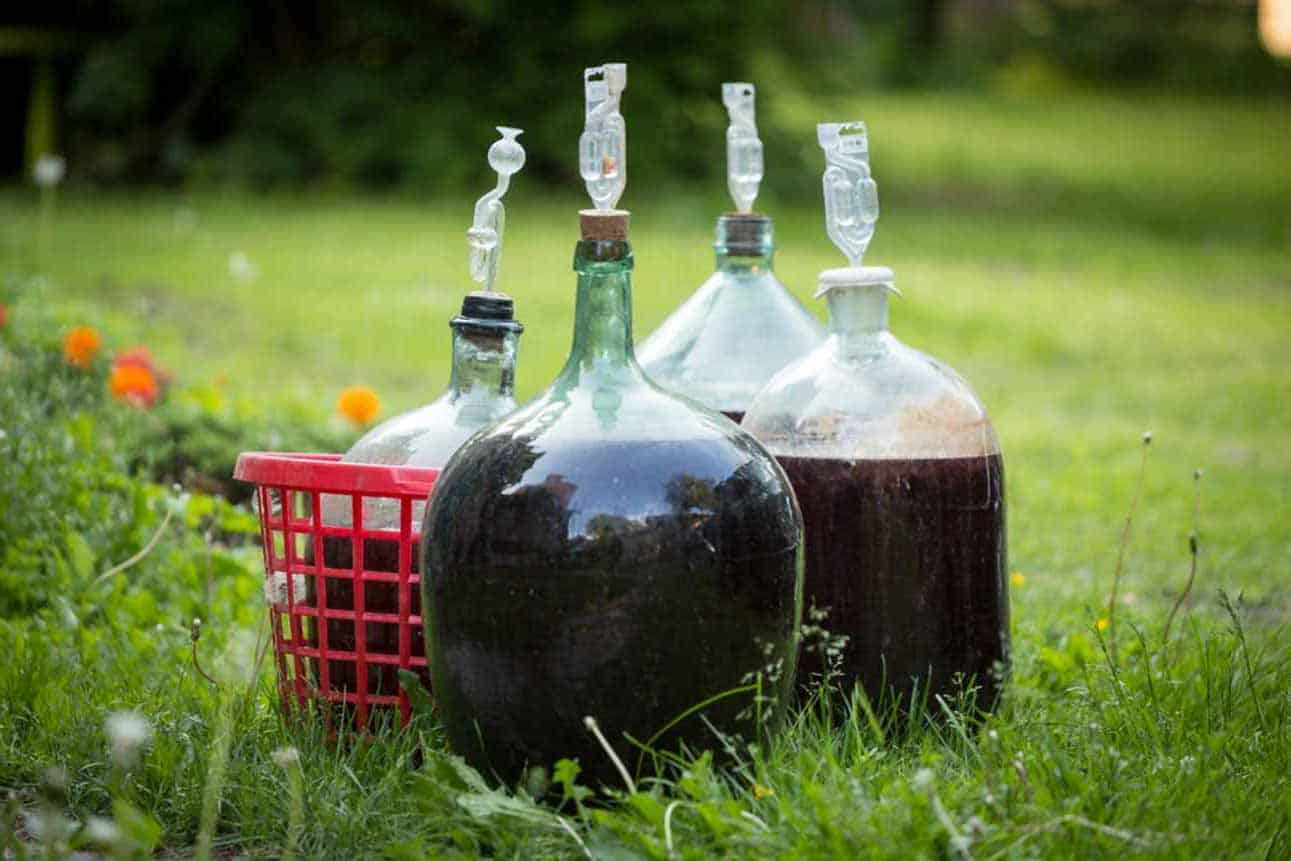
The winemaking process may be lengthy. It’s dependent on various factors, like the wine, equipment, and individual flavor preferences. The entire process is truly an experience that allows for personal expression and creativity. All while enjoying a glass or two with friends during the result!
Homemade winemaking can take anywhere from a few weeks to multiple months—the result is always worth it! With homemade wines come delicious flavors that will tantalize your taste buds.
Crafting your wine requires a minimum of one to two months. It includes creating the blend, fermentation, and finally, aging it in bottles before you can drink it.
Crafting a bottle of homemade wine may take more effort than large-scale wineries, but it is also much quicker due to the low production rate. Although this task demands extensive labor, the satisfaction and reward make up for it!
In Summary
Making wine is an engaging hobby, but how long does it take to make wine? This article will provide insight into the time required and the steps involved in crafting your wine.

George Moore, co-founder of Wine Flavor Guru, is a charismatic entrepreneur with a rich background in California’s wine industry. Alongside Sylvia, he transformed a Sonoma County vineyard into a source of premium wines. George’s expertise in sourcing exceptional grapes and his approachable style make wine appreciation both accessible and engaging.
